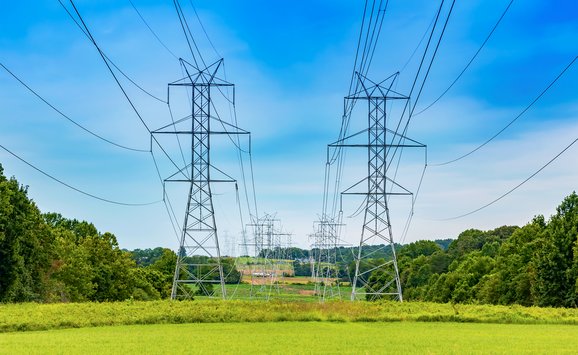In June, the US Environmental Protection Agency (EPA) announced a proposed rule for reducing carbon dioxide emissions from existing power plants. Using its authority under the Clean Air Act, EPA set state-specific targets for emissions rates reductions (Figure 1). However, many questioned how this proposed plan would impact actual emissions from the electricity sector and how these reductions could be achieved.
In new analysis, RFF’s Anthony Paul and Sophie Pan estimated actual carbon dioxide emissions reductions by converting the proposed targets from emissions rates to tons of emissions (Figure 2). EPA gives states the option to convert their rate targets into mass (tons) targets, and their choices will be consequential. If a state adopts a rate target, the amount of carbon emitted will depend on how much electricity is produced. Power generation would increase with brisk economic growth or an influx of electric vehicles, and corresponding emissions would increase even while still complying with the rate target. A mass-based target would ensure a consistent emissions outcome, but states and utilities would have to find ways to reduce emissions more if power generation increases.
EPA also selected four “building blocks” as the “best system of emissions reduction” for states to meet their targets (Figure 2). But which building blocks will survive legal challenge? Figure 2 shows possible futures for emissions reductions if any of the building blocks fall. If just building block #1 survives, only the emissions reductions represented in light blue in Figure 2 will be made, and EPA will lose the opportunity to make meaningful reductions in emissions across the sector.






